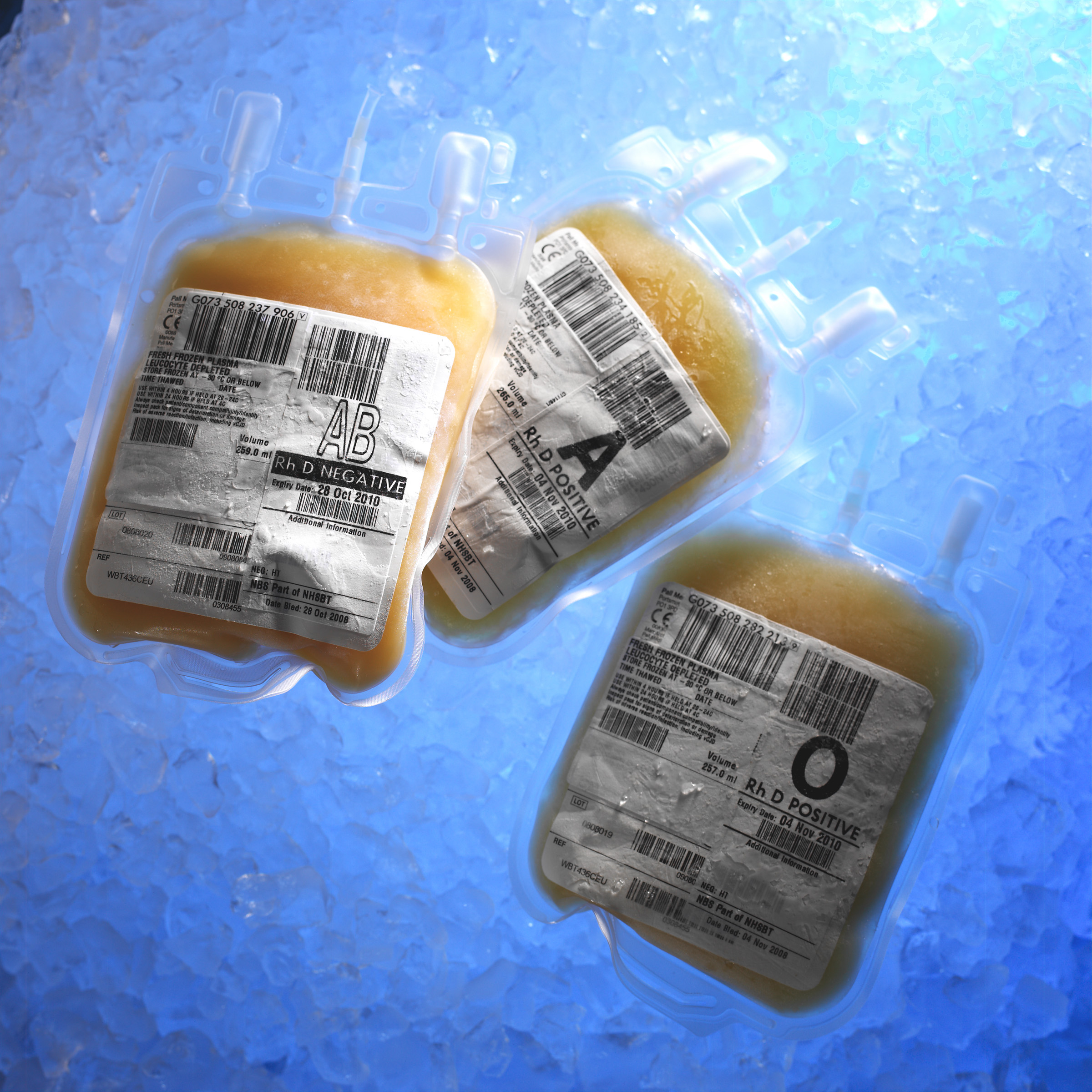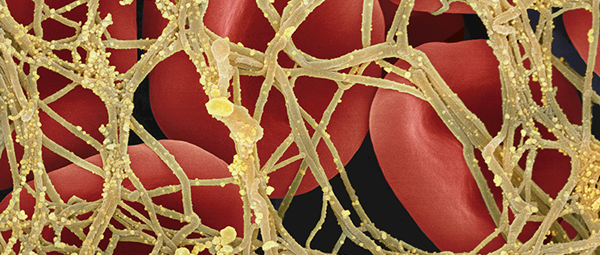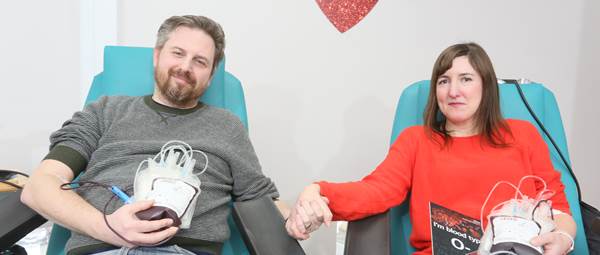Focus on plasma
It’s the biggest component of blood and donated plasma helps save lives. Our resident experts, Mike Wiltshire and Lucy Bower, take a closer look.

So, what is plasma?
Plasma is the clear, yellow liquid portion of blood that remains after the cellular components are removed: red cells, white cells and platelets.
Plasma makes up approximately 55 per cent of the volume of blood and contains important proteins including antibodies, enzymes and coagulation factors.
What is plasma for?
Plasma carries out a variety of functions within the body including the transportation of cells and vital proteins that enable blood to clot and fight disease.
Plasma is especially useful clinically because it contains coagulation factors that work together with platelets to form a blood clot. So these life-saving proteins can help to stop uncontrolled bleeding in patients.
How is plasma donated?
In England, both whole blood and platelet donors provide plasma. During processing, whole blood is separated into components, including plasma. During component donation, both platelets and plasma can be collected directly from the donor into separate bags. The rest of the blood is then returned to the donor.
Donated plasma is frozen to preserve its quality and function. This component is known as fresh frozen plasma, or FFP. FFP can be issued to hospitals or further processed into a more concentrated component that is rich in certain clotting factors called cryoprecipitate.
Plasma can also be separated out into individual proteins using a variety of industrial processes known as fractionation. These individual proteins are then used to make medical products. However, plasma from our donors is not used for this.
How is plasma tested?
Before plasma is used for transfusion or fractionation it is tested to ensure it’s safe to use.
These tests check for diseases such as HIV and hepatitis, and all donations are tested for blood group.
This is to ensure that patients receiving FFP or cryoprecipitate get transfused with plasma that will not react with the their own blood.


